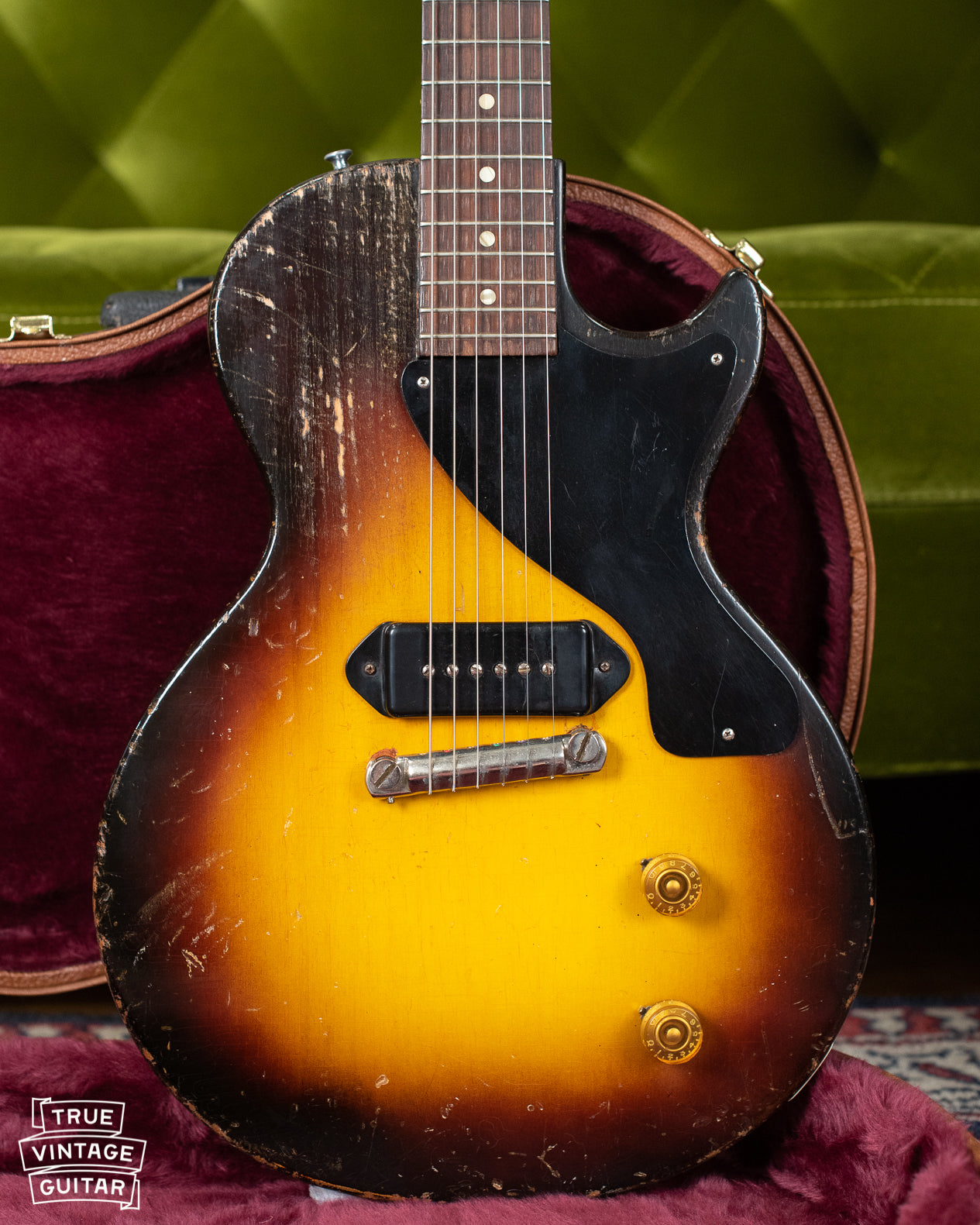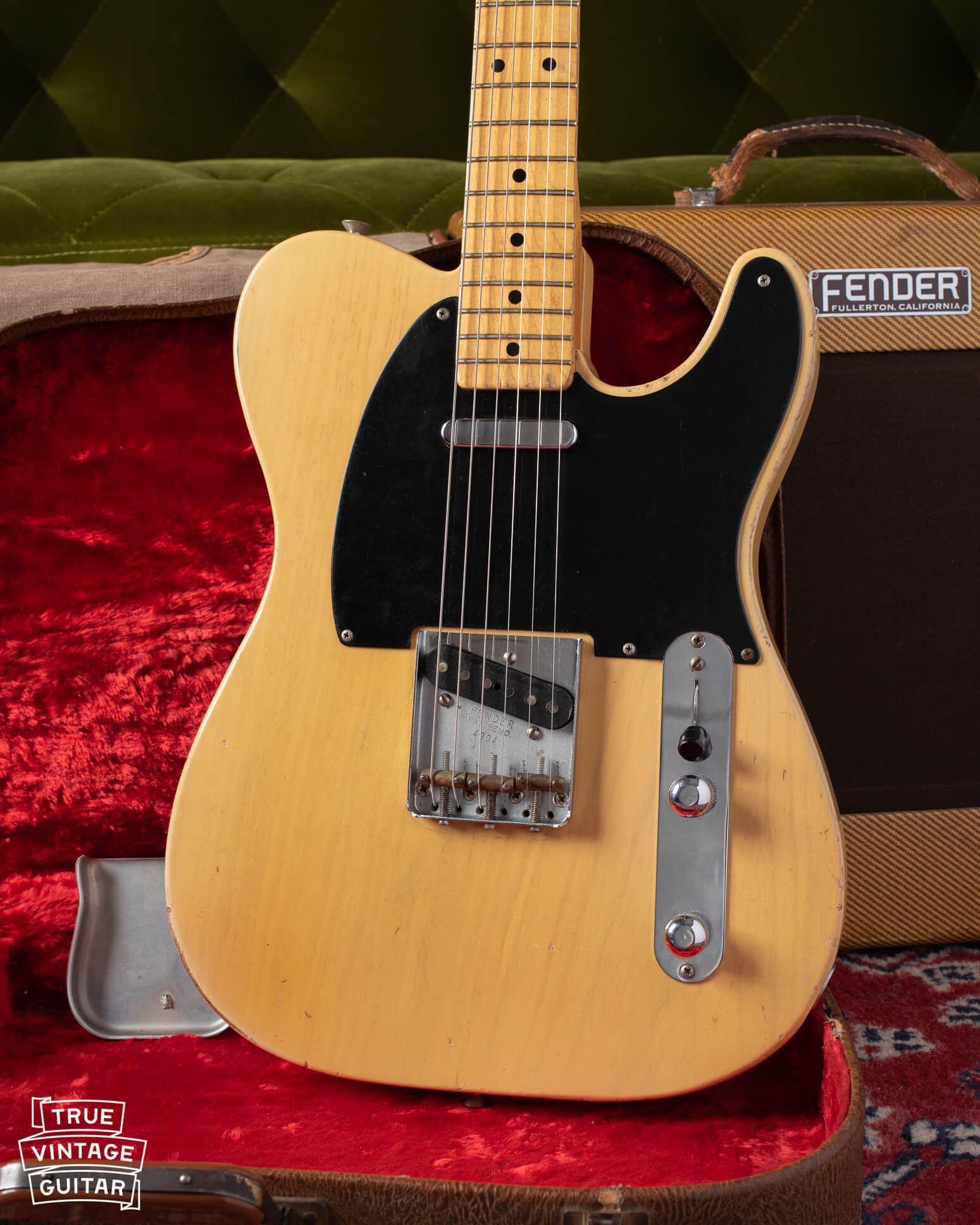The 2020 Vintage Guitar Price Guide book is here! I've used this price guide to help dial in on a value for vintage guitars from Gibson, Fender, Epiphone, Martin, Guild, Gretsch, and everywhere in between. It's even got value estimates for vintage amplifiers, mandolins, banjos, bass guitars, pedal steels, lap steels, and vintage guitar effects. If you're looking for values on your vintage guitar or amplifier then I recommend getting professional help (I would love to help! You can contact me here: Sell My Vintage Guitar) as well as picking up a Vintage Guitar Price Guide. You can pick one up for yourself here: The 2020 Vintage Guitar Price Guide on Amazon.
Are you looking for help with a vintage guitar value? The Price Guide is not a very good replacement for a professional's help in connecting a fine guitar with a quality buyer. You can contact me here to sell pictures and information about your vintage guitar or amplifier: Sell My Vintage Guitar.

The Vintage Guitar Price Guide attempts to aggregate pricing data from guitar dealers to assign a value to different used and vintage guitars. It's fun to look up your guitar in The Guide and see how what you paid years ago compares to what's listed in the guide. It's tempting to think that your guitar would be worth that price range, and it's possible that it is, but remember that the value listed is for guitars in excellent condition with all original parts. It's the price range that a professional with a very expensive selling infrastructure might use. I think the Price Guide is a useful tool but only another data point, not a rock solid price range that shouldn't be questioned. A vintage guitar's value is based off of a function of supply and demand, not what a book says. Personally, I like using the guide to determine which guitars have a more or less favorable function of supply vs demand compared to other guitars.
One caveat with the guide is that very low production models may only have a few tracked sales in the almost two decades since tracking for The Guide began. Therefore, the value range is more of a reflection of what happened in the past and not a suggestion for what that guitar might be worth. I would recommend comparing those guitars to close alternatives along with the guide value. That might help get a little closer to what the real value might be. Or, you could reach out to a professional to help evaluate the guitar and find a buyer for it in that price range (might I suggest me?) I've been using The Guide as a data point for quite a few years now but I think I've lost a few years! I still had a good time looking through previous years and attempting to spot trends. Pick up a copy of the Vintage Guitar Price Guide 2020 for yourself here!





Comments
As a bluegrass banjo player I was most disappointed to find that the Banjos and Mandolins section was missing. I used that often to check prices on vintage instruments. If I had known it was deleted I would not have bought an advanced copy of the 2020 guide online. Next year I will look for one in a music store first to make sure banjos are included before I buy.
Hey Jim, thanks for leaving a comment! I must admit that I don’t look at the banjo and mandolin section of the Vintage Guitar Price Guide very often so I hadn’t noticed it yet. That’s too bad really!
I haven’t found pricing information on Reverb.com to be very helpful. Its Price Guide doesn’t seem to take into account all the important factors of vintage guitars such as originality of the finish, breaks or repairs, changed parts, etc. It seems like a blunt instrument that is very rarely helpful. It takes a lot of contextual knowledge of vintage guitars to be able to use these resources correctly.
Thank you for dropping by to read and leave a comment! All the best! —John
Did you actually LOOK at your 2020 Price Guide? Because Banjos and Mandolins have vanished with no explanation! Also – while I agree that determining precise values takes professional assistance, the Price Guide is invaluable for a couple of reasons – it gives decent value ranges and grading information, and it’s a published source of information gathered/averaged from multiple sources – not one person’s opinion.
When dealing with high end and collectable vintage gear it’s actually best to consult the price guide; Reverb.com’s “sold” prices; and then, if necessary, pay for a formal appraisal.